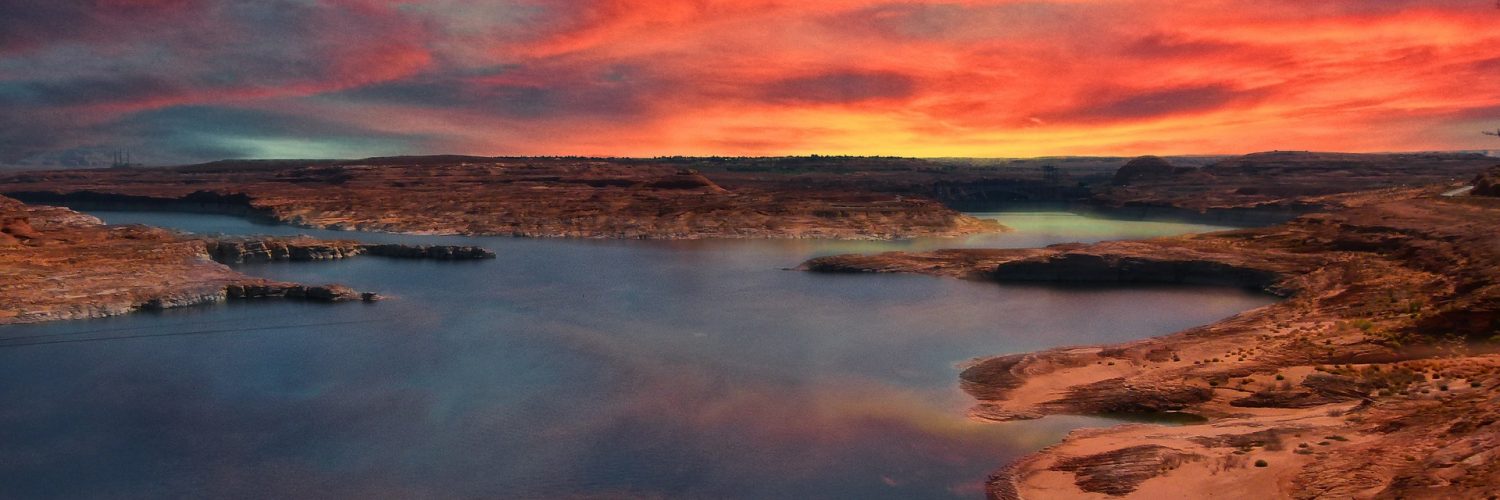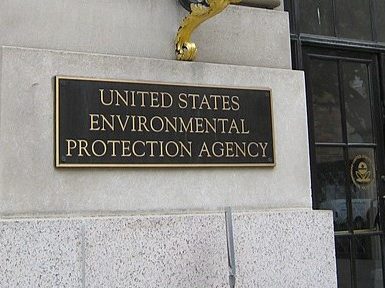To avert a water crisis in the West, seven states and their congressional members rushed forward this week to urge Congress to approve an emergency drought contingency plan for the Colorado River.
Members of Arizona’s delegation that hold critical positions in Congress took the lead. U.S. Senator Martha McSally and Representative Raúl Grijalva quickly scheduled two hearings this week, just days after the federal Bureau of Reclamation approved the states’ plan March 19 after months of stops and starts.
Water leaders from Arizona and the other states flew in to testify at the hearings. There is no time to waste, they said. The river feeds 40 million people, 5.5 million acres of farmland, and 11 national parks, monuments and recreation areas including the Grand Canyon National Park.
The entire West’s economy relies on the mighty river.
Action is needed “immediately” to protect water supplies that are shrinking under a blistering 19-year drought, said the director of the Arizona Department of Water Resources, Tom Buschatzke, who testified at both hearings.
“Draconian reductions” to water supplies will impact the three lower basin states, Arizona, California and Nevada, said Buschatzke, who signed the agreement on behalf of Arizona.
Brenda Burman, Commissioner of the federal Bureau of Reclamation, also testified about a dire future if the plan, the Upper and Lower Basin Drought Contingency Plan (DCP), is stalled.
The river’s two massive storage lakes – Lake Powell and Lake Mead – are disappearing in spite of conservation. The elevations of the lakes, which are the two largest man-made reservoirs in the United States, have dropped fourfold in the last decade, Burman said.
“The period from 2000 through 2018 is the driest 19-year period in over 100 years and one of the driest periods in the 1,200-year paleo record,” she said.
Without the DCP, the lakes will likely drop to crisis levels by 2021 or 2022. With the DCP in place, that risk will be reduced 50 percent, Burman said.
Congress has only a week or two to act
Burman and the water leaders from the other river states testified before the Senate Subcommittee on Water and Power that is chaired by McSally and before the Water, Oceans, and Wildlife Subcommittee of the House Natural Resources Committee, chaired by Grijalva.
The hearings are the first steps to move the drought plan through Congress.
The multi-state and Mexico agreement took years to negotiate. Now, Congress must act within a week or two or the delicately crafted deal could crumble, state and federal water leaders testified.
If the plan is not approved, water levels are more likely to drop to the dreaded “dead zone.” At that point, water can no longer pass through the turbines or continue to generate carbon-free hydropower from Hoover Dam.
The plan also needs to be in place by April or it risks an agreement the U.S. made with Mexico in 2017. Mexico has agreed to store water in Lake Mead. Without Congressional approval, the deal falls through.
Cooperation, not litigation
Arizona’s Grijalva (D) and McSally (R) both announced that they are introducing bipartisan legislation as soon as next week to push it on its path to the Senate and House floors.
“Now that the states have completed their work it’s time for Congress to take it across the finish line,” said Sen. McSally.
Rep. Grijalva promised quick action in the House.
“The legislation that is being introduced has the support of all seven basin states, it respects the environmental laws and it allows us to immediately authorize the DCP, which is very, very important given the urgency of time and the millions of people affected by what we do here.”
Without Congressional approval, water users could pull water out of the lakes to hoard it for the future. Legal battles could ensue. Relationships between the states could suffer.
“If the drought contingency plan starts to unravel, people might move back to their corners and we would lose,” Director Buschatzke stated.
Cooperation, not litigation, is the path forward, he said.
With or without the DCP, Arizona hardest hit
Arizona has the most to lose if Congress fails to approve the DCP quickly. Arizona has junior priority rights to Colorado River water, mainly due to agreements negotiated between the states when the massive Central Arizona Project (CAP) was built.
The CAP is the lifeblood of Arizona. It delivers water from the river to Arizona’s populous inland regions including metropolitan Phoenix and Tucson. Inland users have lower water rights, making them the first to get cuts to water deliveries.
Nearly 90 percent of economic activity in Arizona occurs within the CAP service area. The canal provides an economic benefit of $100 billion annually, accounting for one-third of the entire Arizona gross state product, according to the Central Arizona Water Conservation District that oversees the CAP.
With the DCP, the region will have enough water for years to come. It lays out legally binding requirements and incentives for water entities to conserve water in both lakes. Lake Mead is the storage lake for Arizona, California and Nevada, the lower basin states. Lake Powell is the storage lake for the upper basin states, Colorado, New Mexico, Utah and Wyoming.
In Arizona’s DCP, large water holders including the Gila River and Colorado River Indian tribes have agreed to sell and store major allotments of water. In an agreement tied to the DCP, Gila River also has entered a 25-year deal to sell water to home builders in the growing megaregion of metropolitan Phoenix and Tucson.
As part of Arizona’s DCP, cities, tribes, government agencies, the state legislature, water districts and others agreed to share and fund needed water to store in Lake Mead. They also are including water and funding in the plan to save the robust agricultural industry in inland Pinal County. Inland farmers’ irrigation districts have the lowest priority water rights. Most of their supplies could vanish under the official water shortage without the DCP. The DCP provides the farmers with support to move away from dependence on the river.
Water shortages trigger water cuts
Even with the new DCP guidelines, Arizona is bracing for its first shortage. The plan needs to be in operation by August.
When a water shortage occurs, the DCP is triggered, cutting water supplies to users to protect lake levels. The DCP is intended to be an overlay to 2007 DCP guidelines that are no longer sufficient.
Under the guidelines, a Tier 1 water shortage occurs when Lake Mead dips to 1,075 feet above sea level. To prevent that, cuts to water supplies could be seen as soon as next year.
If Lake Mead drops below 1,090 feet, water deliveries to Arizona would be cut 6.9 percent and Nevada would be cut 2.7 percent. If the water level dips to 1,045, then California water districts agreed to take cuts.
All of the measures in the emergency plan are designed to store enough water to carry the region through 2026.
As soon as Congress approves this plan, Arizona water leaders will have no respite. They already are working on the next step.
















Add comment